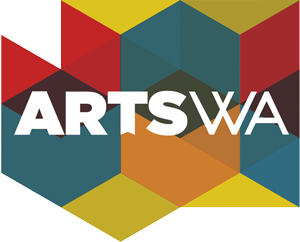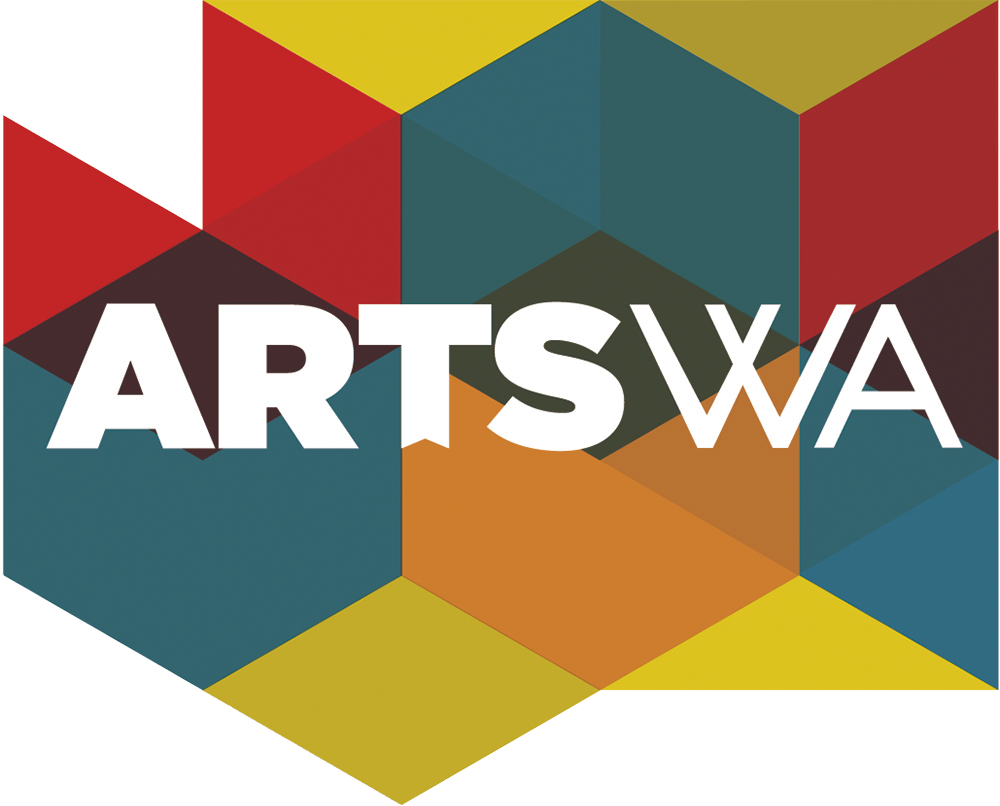ABOUT THE ARTWORK
This tapestry is based on artist Roy De Forest's 1978 painting "Embarking on The Sea of the Bleeding Hare". It features De Forest's joyful animals in a busy and colorful scene. Oregon-based Master Weaver Pamela Patrice fabricated this tapestry. De Forest's painting was donated to the Sheldon Gallery, part of the Nebraska Art Association, in 2006.
This artwork was acquired for the State Art Collection in partnership with Bethel School District.
ABOUT THE ARTIST
Roy De Forest (1930-2007) was a painter, sculptor, and teacher. He was involved in the 1960s Funk art movement in the Bay Area of California. His artworks are quirky and comical fantasy lands filled with bright colors and animals, most commonly dogs.
De Forest grew up in Yakima, Central Washington. He attended Yakima Junior College before earning his Bachelor of Arts degree at the California School of Fine Arts in 1953. After serving in the U.S. Army as a sign painter, he received a Master of Arts degree from San Francisco State College in 1958. He returned to Washington state to teach at Yakima Junior College from 1950 to 1952. He taught in the Art Department at the University of California Davis from 1967 to 1992. De Forest's artworks are in many art collections, including the Museum of Modern Art (MOMA) and Whitney Museum of American Art in New York City, and the Hirshhorn Museum and Smithsonian American Art Museum in Washington D.C.
ARTWORK DETAILS
| Material Category | Textile / fiber / organic materials |
| Medium | Cotton and wool woven tapestry |
| Dimensions | 5 ft 6 in x 7 ft 6 in |
| ID Number | WSAC1985.109.000 |
| Acquisition Method | Site responsive commission |
| Artist Location | California, United States |
Location Information
| Agency | Department of Ecology |
| Artwork Location | Department of Ecology Ground floor, Across from stairwell |
| WA County | Thurston |
| Placement | Interior |
| Site Type | State Agency |
| Address | 300 Desmond Dr. SE Lacey, WA 98503 |
| Geo. Coordinates | 47.047762, -122.807792 |
| Before Visiting | Some artworks may be located in areas not accessible to the general public (especially in K-12 public schools). Consider contacting the site prior to a visit to ensure access. |
| Map |
Related








_Edited.jpg)
_edited.jpg)
_Edited.jpg)
_Edited.jpg)